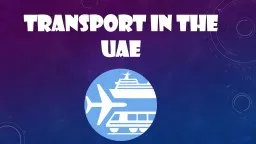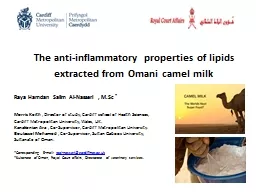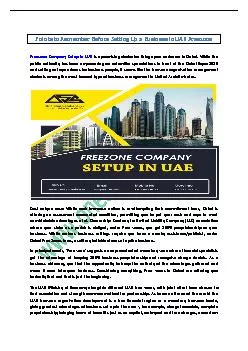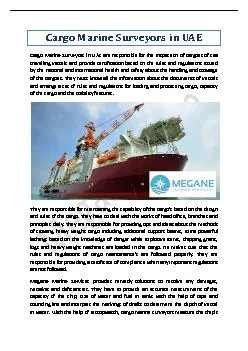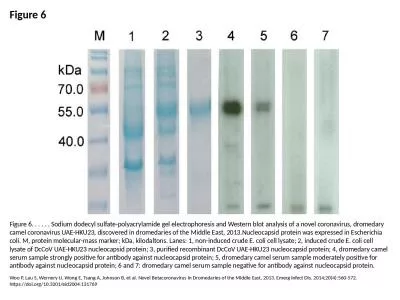PPT-Transport in the uae First, there was the camel.
Author : jane-oiler | Published Date : 2018-11-09
The desert inhabitants of the UAE have used camels for over 4000 years The UAEs climate became more arid around this time and the camel has provided a means of
Presentation Embed Code
Download Presentation
Download Presentation The PPT/PDF document "Transport in the uae First, there was th..." is the property of its rightful owner. Permission is granted to download and print the materials on this website for personal, non-commercial use only, and to display it on your personal computer provided you do not modify the materials and that you retain all copyright notices contained in the materials. By downloading content from our website, you accept the terms of this agreement.
Transport in the uae First, there was the camel.: Transcript
Download Rules Of Document
"Transport in the uae First, there was the camel."The content belongs to its owner. You may download and print it for personal use, without modification, and keep all copyright notices. By downloading, you agree to these terms.
Related Documents

